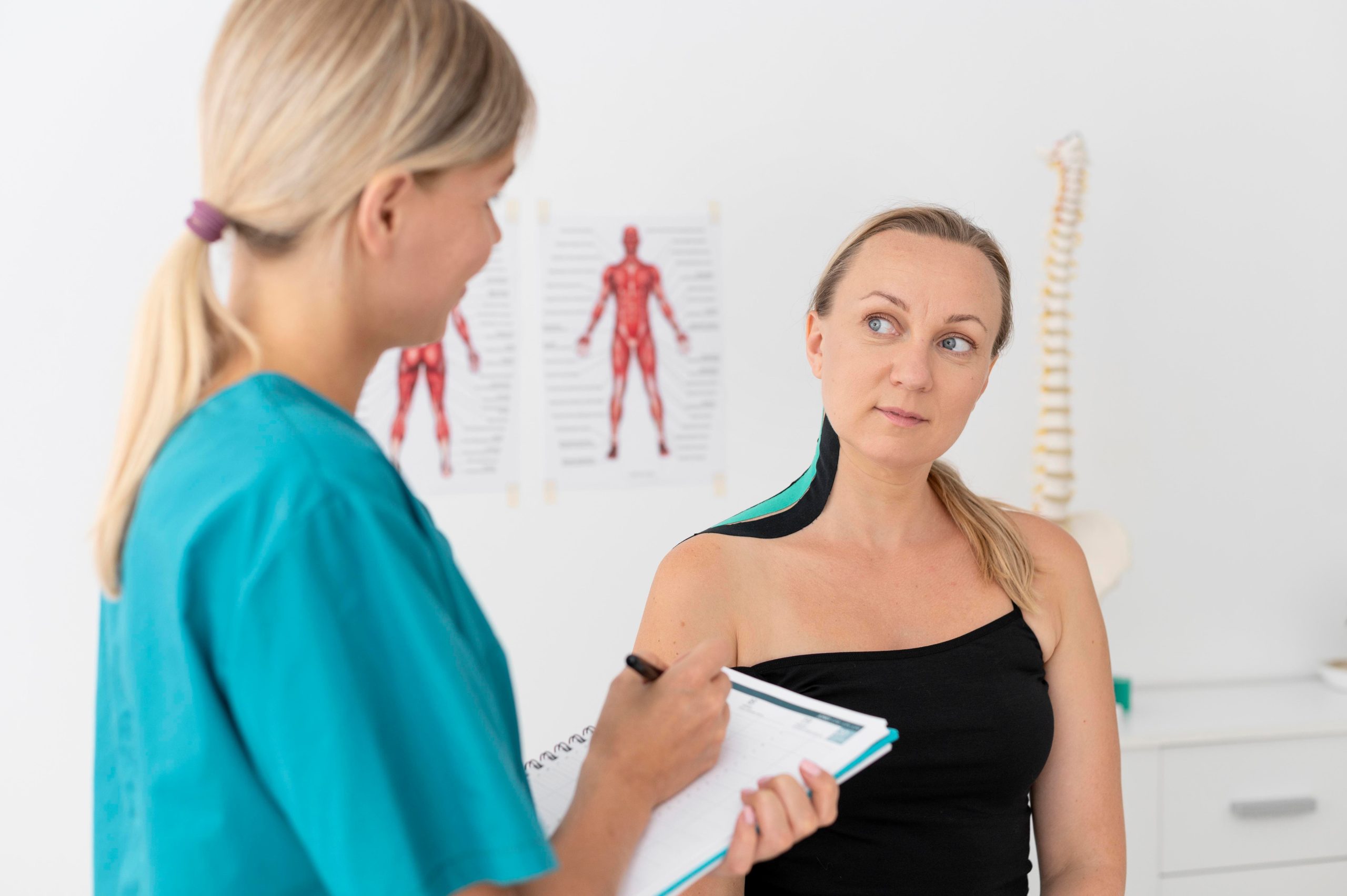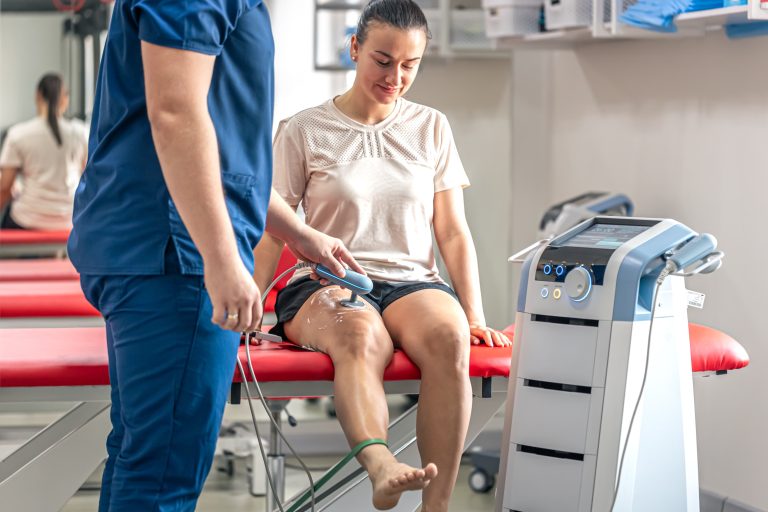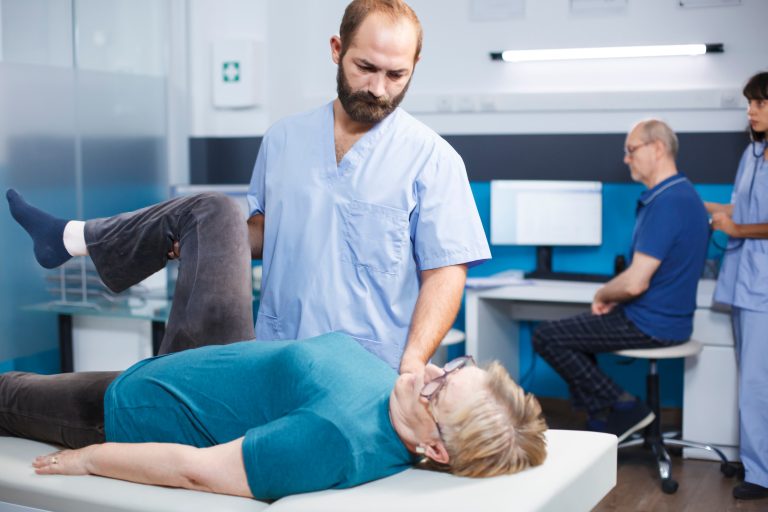Scoliosis — an abnormal sideways curvature of the spine — can affect both teenagers and adults. While the condition is the same, the way it develops, progresses, and impacts daily life can be very different depending on age. Understanding these differences is crucial for choosing the right treatment plan.
How Scoliosis Develops in Adolescents
- Most cases begin in adolescence: Idiopathic scoliosis often appears between ages 10–18, especially during growth spurts.
- Rapid progression risk: Because teenagers are still growing, spinal curves can worsen quickly if not monitored.
- Few symptoms early on: Many adolescents don’t feel pain but show signs like uneven shoulders, hips, or ribcage.
How Scoliosis Affects Adults
- Degenerative scoliosis: In adults, scoliosis often develops due to age-related changes, arthritis, or spinal degeneration.
- Pain is common: Adults often experience back pain, stiffness, and sometimes nerve compression leading to leg pain.
- Slower progression: While curves may worsen more slowly, untreated scoliosis in adults can still impact mobility and quality of life.
Key Differences Between Adolescent and Adult Scoliosis
- Cause
- Adolescents: Usually idiopathic (unknown cause).
- Adults: Often degenerative or related to wear-and-tear.
- Symptoms
- Adolescents: Cosmetic changes, uneven posture, usually little pain.
- Adults: Back pain, sciatica, loss of flexibility.
- Progression
- Adolescents: Rapid during growth years.
- Adults: Slower, but still significant over time.
- Treatment Approach
- Adolescents: Monitoring, bracing, posture correction, in rare cases — surgery.
- Adults: Non-surgical options like spinal decompression, physical therapy, chiropractic, or pain management.
Treatment Options at Spinal Recovery and Joint Center
At Spinal Recovery and Joint Center in Warren, MI, we provide non-surgical scoliosis care for both teenagers and adults. Our treatments include:
- Spinal decompression therapy
- Chiropractic care
- Physical therapy and rehabilitation
- Posture and lifestyle guidance
FAQ
Q: Can scoliosis in teens go away on its own?
A: Mild cases may remain stable, but scoliosis rarely disappears without treatment. Monitoring is essential.
Q: Is surgery always needed for adults?
A: No. Many adults benefit from non-surgical care to control pain and improve function.
Q: How do I know if scoliosis is getting worse?
A: Watch for changes in posture, increasing pain, or difficulty moving. Regular check-ups are recommended.
📞 Call us today: (586) 573-8100
👉 Learn more: https://spinalrecoverycenter.com/




